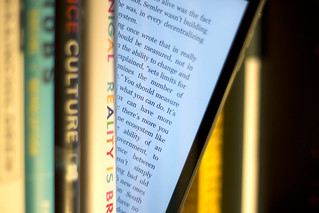
What makes a good, workable, instructive, enjoyable ebook for young children? Certainly the established criteria of quality children’s literature apply to ebook texts. Strong features of good storybooks over the ages are similarly the features of enduring ebooks into the future: age-appropriate material that interests children, strong plots, and rich characterizations of the human condition are most likely the types of features we’d hope to find in a high-quality ebook. In this way, ebooks are very much like traditional books, and their literary or informational content can be judged by the same general criteria.
However, the addition of electronics impacts reading in new ways. An ebook, for example, can have background music whereas a traditional book cannot. Ebooks can provide mini-tutorials in hotspots, hyperlinks and virtual assistants who instruct and explain on-the-spot, in essence, ‘teaching’ children early literacy skills, such as phonological awareness and vocabulary. Read the rest of this entry…
none
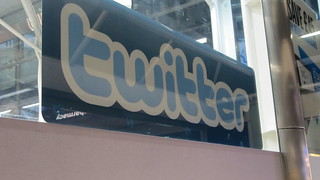
Educators should exemplify how an individual uses digital tools and resources to become a skilled communicator, collaborator, and devoted lifelong learner. Modeling the use of a range of transliteracy tools is something teachers need to engage in on a daily basis. Most educators are familiar with Twitter, however many wonder how to actually put it into classroom practice. Twitter brainstorming is one way to begin, even in the early grades, because it does not require students to have individual Twitter accounts. Read the rest of this entry…
none
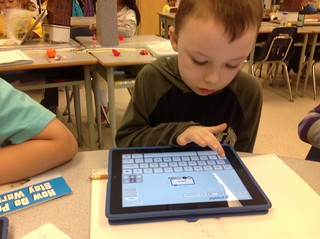
Graphic organizers are great tools students can to use to monitor their reading and comprehension of informational texts. Traditionally, teachers have created paper-based templates for students to use to organize their thinking around text. In a transliterate society, there are a number of web-based concept mapping tools and apps that teachers can employ in their classrooms to help support comprehension of informational text. Read the rest of this entry…
none

During the development of a literate society, literacy practices were very linear in nature. Consider a traditional piece of literature, like a book. It has a cover with the title and author. When we address these elements, we begin by decoding letters and words starting in the upper left and moving to the right across the first line to develop meaning and comprehend printed text. We then open the book, turn the page and then again begin to read for meaning making starting in the upper left, moving across to the right and then down to the next line. This repetitive process reflects the literacy practices most of us have participated in since birth. Read the rest of this entry…
none
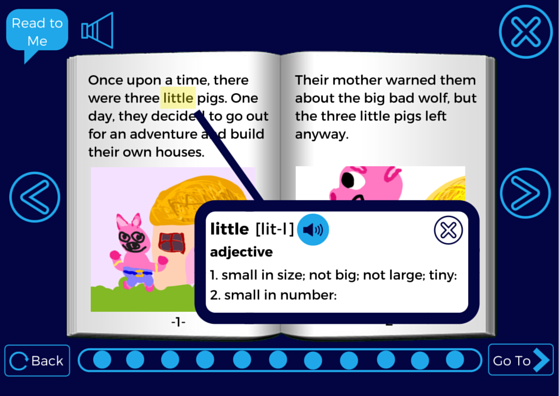
In their most basic form, children’s ebooks are computer files that act much like a book. They have traditional conventions like a title, pages, and chapters. However, they also can contain illustrations and hotspots that provide a navigation mechanism for the reader. A deeper look at children’s ebooks reveals a more complex form, a type of software that includes animations, sounds, videos, and a read-aloud function. Read the rest of this entry…
none

Literacy is no longer confined to a standard print format. There is an increasing integration and adoption of digital texts and ebooks in school libraries and classrooms across the United States. Compared to their print counterparts, ebooks are portable, facilitating the easy transport of sizable libraries with little physical effort. The mobility of ebooks allows them to be used in any place at any time via handheld or mobile devices.
Ebooks for young children are like storybooks we know and love in some ways. While features of ebooks mirror those we see in traditional children’s literature, ebooks add new, digital features. These digital additions to print are different in a manner that is profoundly changing the storybook as a piece of early literacy learning. As a result, ebooks can be used to develop transliterate practices in the classroom that address academic and cognitive diversity in learners. Read the rest of this entry…
none
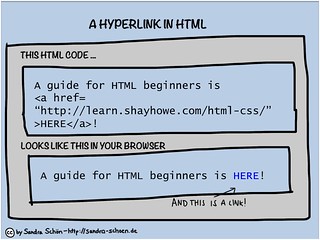
The author Donald J. Sobol first published his adventures of boy super sleuth “Encyclopedia” Brown in 1963. All 29 books in this popular series presented the reader with a set of short mysteries, each including factual disparities somewhere within. Young readers were encouraged to read the text closely to try to identify the “slip-up” that breaks the case and then turn to the “Answers” section in the back of the book to verify their finding.
An important part of writing in digital spaces is the use of “hyperlinks.” In their most basic form, a “link,” or hyperlink is word, phrase or image on a Web page that instructs a computer to move to another relevant Web page. Much like Sobol’s “Answers” section linked readers to the facts that solved each case, hyperlinked writing provides links that are pertinent to a piece of writing on the web and help to strengthen the writing by providing direct access back to source documents and related materials for the writer’s audience. Read the rest of this entry…
none

Transliteracy is a concept that captures the field of literacy and describes language arts as more than a function of foundational skills, such as reading and writing, but also encompasses the ability to communicate across traditional and emerging platforms (Thomas, S. et. al., 2007). Simply put, transliteracy is the understanding of traditional literacy components alongside the nuances that living in a touchscreen world brings. Transliteracy puts aside the differences between traditional and emerging literacies to focus on the interconnected path of all literacies and the role they play in developing a literate member of society. Students need to become fluent, not only in their reading and writing practice, but also in the digital skills that are put to regular use in the world around them.
Reading and writing are at the core of transliteracy, as we interact with both traditional and digital print in our daily lives. Whether we are flipping through the pages of our favorite paperback or checking the weather on our smartphone, foundational reading skills (letter knowledge, sounds, and word reading) and meaning- based skills (comprehension, conceptual knowledge, and vocabulary) play an integral role. However, new skills, such as recognizing icons, setting up preferences, mastering multi-tap and swipe gestures, all play a pivotal role becoming a transliterate individual. Read the rest of this entry…
none
Join Dr. Jeremy Brueck as he discusses a comprehensive approach on how administrators and teachers can integrate the Google ecology in the K-12 environment. The session will provide a wide-ranging look at several frameworks and models that form a roadmap on how to successfully leverage the Google ecology to improve student learning. A vital component of this approach is the interaction and collaboration between the teacher (content knowledge expert), their instructional approaches (pedagogy), and the Google ecology (technology). This interaction is known as the Technological, Pedagogical, and Content Knowledge (TPACK) Model. Learn how you can use TPACK to frame effective technology integration for pedagogy around specific subject matter.
none

Warren Buckleitner, a fantastic colleague and mentor, has again asked me to be a part of the conversation at his 2nd Annual Dust or Magic eBook Retreat: Designing and Critiquing Narrative Driven Interactive Media for Children, being held April 27-29, 2014. This great event is held in Honesdale, PA at the Highlights Foundation Retreat, a really amazing venue for relaxing, creating, networking and professional learning. I’m extremely excited to get a chance to learn along side the fabulous presenters he has lined up such as, William Teale, Junko Yokota and Mark Schlichting. Below you can find my conversation description as well as a pretty complete list of references related to ebooks and early literacy. View source document.
none









